Baltimore Bridge Collapse Has Major Implications for Automotive Sector

A cargo container ship exiting the Port of Baltimore collided with the Francis Scott Key Bridge early Tuesday morning. You’ve undoubtedly seen the footage by now, as well as the rampant speculation about what happened. As of now, nobody seems to know the full details of the incident but the ramifications should be relatively easy to predict. As a major shipping corridor for the United States, losing access means supply chain bottlenecks.
It simultaneously makes for a good excuse whenever the transport of goods is delayed or companies begin pitching higher rates for oceanic freight — something we saw take place in the wake of the pandemic.
The Port of Baltimore is responsible for moving all kinds of goods. But it’s most famous for passenger vehicles, semi trucks, and construction equipment. In fact, it’s typically the U.S. port that sees the largest number of cars and light trucks annually — at roughly 800,000 passenger vehicles per year.
However, losing the Francis Scott Key Bridge will effectively make the port useless until the area can be cleared of debris. Before collapsing, the bridge stood at the mouth of the port and required ships to pass beneath it to reach the docks. Until the necessary clean up has been concluded, no container ships will be able to use the port.
From Reuters:
Baltimore port's private and public terminals handled 847,158 autos and light trucks in 2023, the most of any U.S. port. The port also handles farm and construction machinery, sugar, gypsum and coal, according to a Maryland government website.
The port handles imports and exports for major automakers including Nissan, Toyota, General Motors, Volvo, Jaguar Land Rover and the Volkswagen Group — including luxury models for Audi, Lamborghini and Bentley.
Volkswagen on Tuesday said its port operations in Baltimore were unaffected by a local bridge collapse due to the location of its facilities.
"We do not anticipate any impact on vessel operations but there may be trucking delays as traffic will be rerouted in the area," the carmaker said in an e-mailed statement.
Meanwhile, logistics providers have been inundated with worried customers. The next few weeks will see numerous diversions to shipping routes and it’s likely to be several months before the port is even usable.
“Our first priority is engaging clients to make plans for containers that were originally routed to Baltimore that will be discharged at other ports on the Eastern Seaboard,” stated Paul Brashier, vice president of drayage and intermodal for ITS Logistics.
“These diverted volumes will impact the ports of New York/New Jersey, Norfolk and the Southeast and we have to prepare trucking and transload capacity to get that freight to its intended network.”
The container ship Dali that collided with the bridge was on its way out of the Port of Baltimore, en route to Colombo, Sri Lanka when it collided with one of the large pillars. The ship’s manifest stipulated that it was staffed by a 22-man crew from India. While there has been some speculation about a possible terror plot, strict terrorism seems unlikely due to the fact that the incident took place during the hours that the bridge would have been the least populated. Industrial or economic terrorism on behalf of another nation seems more likely. But there’s been no evidence to support either claim. At present, it appears to have been a terrible accident.
An investigation is underway but the only things they’ve been able to glean is what the public has already heard. Maryland Governor Wes Moore has said that the ship lost power shortly before the incident. There were also rumors of fire, however those appear to be unfounded.
Six individuals have been reported missing, though we don’t yet know who they are. Two individuals were pulled from the water. However, investigators using sonar have found that there are several vehicles located beneath the water. The Maryland Secretary of Transportation said some of those are assumed to have belonged to work crews that were present at the time of the crash.
The Singapore-flagged Dali had previously collided with a dock at Port of Antwerp in 2016. That incident was attributed to mistakes made by the master and pilot on board. Synergy Marine Group, which owns and manages the ship, confirmed the vessel hit a pillar of the bridge at about 1:30 on Tuesday morning, with every member of the crew accounted for.
President Joe Biden has reportedly said he plans to travel to Baltimore “as quickly as I can.” Statements were also made that he plans for the federal government to pick up the entire cost of rebuilding the Francis Scott Key Bridge.
“We’re going to rebuild that port together,” Biden from the White House, before departing for North Carolina to discuss the administration’s healthcare agenda as part of his reelection campaign.
If you live in the Midwest or Northeastern United States, there’s a good chance you’ll be impacted by the bridge going down. As previously mentioned, automobiles will be the primary cargo that’s to be affected. But coal, gasoline, construction materials, and a myriad of other items will likewise be impacted by the incident. Ships are already being rerouted to alternative ports. But it’ll be weeks before a comprehensive workaround is sorted out and any solution is likely to require the use of additional rail cars and trucking freight.
[Image: Alexander Briggs/Shutterstock]
Become a TTAC insider. Get the latest news, features, TTAC takes, and everything else that gets to the truth about cars first by subscribing to our newsletter.

A staunch consumer advocate tracking industry trends and regulation. Before joining TTAC, Matt spent a decade working for marketing and research firms based in NYC. Clients included several of the world’s largest automakers, global tire brands, and aftermarket part suppliers. Dissatisfied with the corporate world and resentful of having to wear suits everyday, he pivoted to writing about cars. Since then, that man has become an ardent supporter of the right-to-repair movement, been interviewed on the auto industry by national radio broadcasts, driven more rental cars than anyone ever should, participated in amateur rallying events, and received the requisite minimum training as sanctioned by the SCCA. Handy with a wrench, Matt grew up surrounded by Detroit auto workers and managed to get a pizza delivery job before he was legally eligible. He later found himself driving box trucks through Manhattan, guaranteeing future sympathy for actual truckers. He continues to conduct research pertaining to the automotive sector as an independent contractor and has since moved back to his native Michigan, closer to where the cars are born. A contrarian, Matt claims to prefer understeer — stating that front and all-wheel drive vehicles cater best to his driving style.
More by Matt Posky
Latest Car Reviews
Read moreLatest Product Reviews
Read moreRecent Comments
- 28-Cars-Later Actually Honda seems to have a brilliant mid to long term strategy which I can sum up in one word: tariffs.-BEV sales wane in the US, however they will sell in Europe (and sales will probably increase in Canada depending on how their government proceeds). -The EU Politburo and Canada concluded a trade treaty in 2017, and as of 2024 99% of all tariffs have been eliminated.-Trump in 2018 threatened a 25% tariff on European imported cars in the US and such rhetoric would likely come again should there be an actual election. -By building in Canada, product can still be sold in the US tariff free though USMCA/NAFTA II but it should allow Honda tariff free access to European markets.-However if the product were built in Marysville it could end up subject to tit-for-tat tariff depending on which junta is running the US in 2025. -Profitability on BEV has already been a variable to put it mildly, but to take on a 25% tariff to all of your product effectively shuts you out of that market.
- Lou_BC Actuality a very reasonable question.
- Lou_BC Peak rocket esthetic in those taillights (last photo)
- Lou_BC A pickup for most people would be a safe used car bet. Hard use/ abuse is relatively easy to spot and most people do not come close to using their full capabilities.
- Lorenzo People don't want EVs, they want inexpensive vehicles. EVs are not that. To paraphrase the philosopher Yogi Berra: If people don't wanna buy 'em, how you gonna stop 'em?



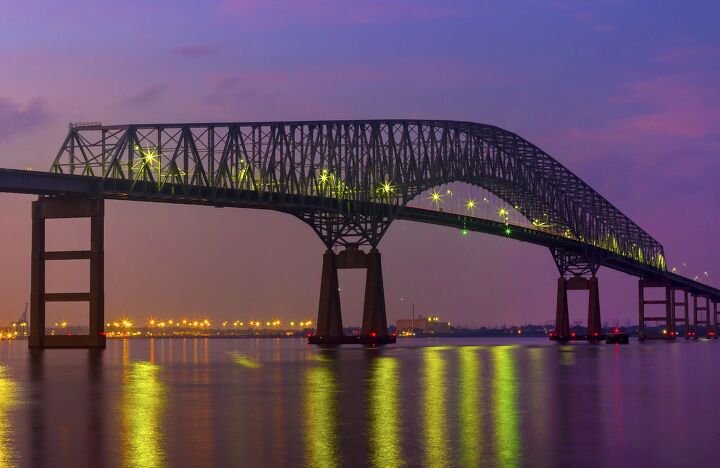












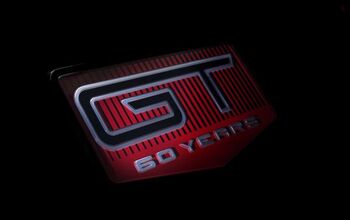



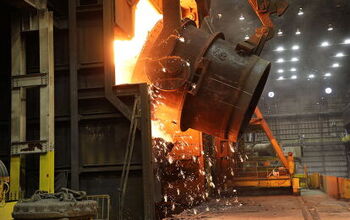








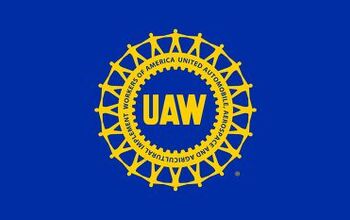

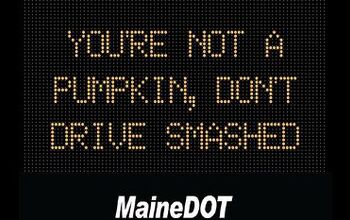

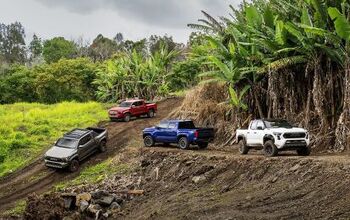
Comments
Join the conversation
I thought only the bobbleheads on Fox would be asinine enough to actually claim that DEI had ANYTHING TO DO WITH THIS.
Seems I was wrong, as a jughead repeats the claim and tops himself by connecting the all Indian crew with racial diversity.
Newsflash: all Indian crews ARE CHEAPER.
Please wear your white hood when posting further racist trash.
As someone born, raised and currently living in Baltimore.... here is a news flash for the dummy in chief - Baltimore is just up the road from DC! You can be there in about 40 minutes driving, probably 10 minutes in Marine 1. So, pretty lame that he says he is going to make it there "As quickly as he can". Whatever. More useless every day...